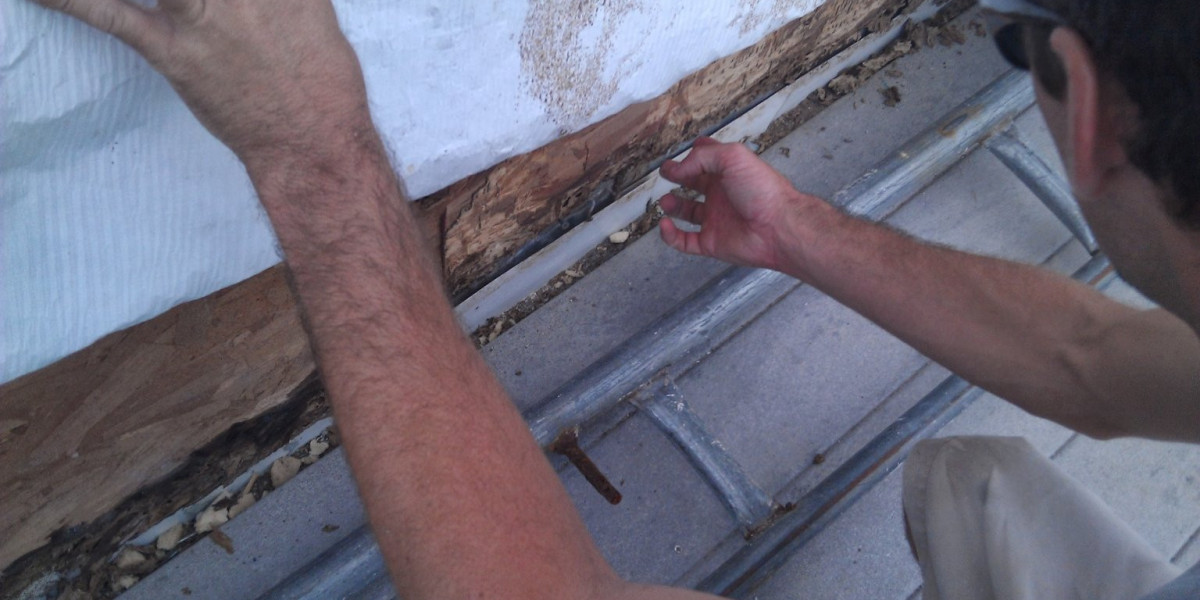Understanding Termite Behavior
Before diving into prevention, it’s essential to understand how termites operate. These pests feed on cellulose, a component found in wood, paper, and other plant-based materials. Termites typically form large colonies underground, making it easy for them to infiltrate buildings through cracks and crevices. The most common types of termites in the United States are subterranean, drywood, and dampwood termites, each with its unique behavior and nesting habits.
Signs of Termite Activity
Early detection is crucial for prevention. Look out for these common signs of termite activity:
- Mud Tubes: Subterranean termites create mud tubes for protection and moisture as they travel between their colony and food sources.
- Hollow-Sounding Wood: Tap on wooden structures; a hollow sound may indicate internal damage.
- Discarded Wings: Swarmers shed their wings after finding a suitable location to establish a new colony.
- Frass: Drywood termites leave behind small piles of wood-colored droppings called frass near their entry points.
Prevention Strategies
- Control Moisture Levels
Termites thrive in moist environments. Controlling moisture levels in and around your home is critical to prevention:
- Fix Leaks Promptly: Repair leaky pipes, faucets, and air conditioning units to prevent excess moisture accumulation.
- Maintain Proper Drainage: Ensure your property has adequate drainage to divert water away from your home’s foundation. Clean gutters and downspouts regularly to prevent blockages.
- Use Dehumidifiers: In areas prone to humidity, use dehumidifiers to keep indoor air dry and reduce moisture levels.
- Eliminate Wood-to-Ground Contact
Direct contact between wood and soil provides termites with easy access to your home:
- Raise Wood Structures: Ensure that wooden elements like decks, porches, and siding are at least 18 inches above the ground.
- Use Concrete Bases: For fences and other structures, use concrete bases or metal posts instead of wooden ones to prevent contact with soil.
- Seal Entry Points
Termites can enter your home through tiny cracks and gaps:
- Inspect and Seal Cracks: Regularly inspect your home’s foundation and walls for cracks. Seal them with silicone-based caulk or other appropriate sealants.
- Install Weather Stripping: Add weather stripping around windows and doors to prevent termite entry.
- Reduce Wood Piles
Wood piles and debris attract termites:
- Store Firewood Properly: Keep firewood, lumber, and other wooden materials at least 20 feet away from your home and off the ground.
- Remove Tree Stumps: Remove dead trees and stumps, which can serve as breeding grounds for termites.
- Use Termite-Resistant Materials
Incorporating termite-resistant materials in your construction or renovation projects can help prevent infestations:
- Pressure-Treated Wood: Use pressure-treated wood for construction and landscaping projects, as it is infused with chemicals that deter termites.
- Composite Materials: Consider using composite materials for decks and fences, which are less appealing to termites than natural wood.
- Install Physical Barriers
Physical barriers can prevent termite access:
- Stainless Steel Mesh: Install stainless steel mesh around the foundation of your home as a barrier against subterranean termites.
- Sand Barriers: Create sand barriers beneath slabs and around foundations. Termites find it challenging to move through sand due to its size and texture.
- Implement Chemical Treatments
Chemical treatments can offer additional protection against termites:
- Soil Treatments: Apply liquid termiticides to the soil around your home’s foundation to create a chemical barrier that repels or kills termites.
- Bait Stations: Install termite bait stations around your property to eliminate colonies before they reach your home. Bait stations contain slow-acting chemicals that workers carry back to the colony, ultimately eradicating it.
- Regular Inspections
Regular inspections are crucial for early detection and prevention:
- Schedule Professional Inspections: Hire a licensed pest control professional to inspect your home annually. They can identify signs of termite activity and recommend preventive measures.
- DIY Monitoring: In between professional inspections, conduct regular DIY checks for signs of termite activity. Look for mud tubes, discarded wings, and other indicators.
The Role of Termite Damage Restoration
Despite the best preventive measures, termites can sometimes infiltrate and cause damage. If this occurs, prompt termite damage restoration is essential to protect your property and prevent further damage.
Restoration Steps
- Assess the Damage: Conduct a thorough inspection to determine the extent of the damage. A professional contractor or structural engineer can provide valuable insights.
- Remove and Replace Damaged Wood: Remove and replace any severely damaged wood with new, treated lumber to restore structural integrity.
- Reinforce Structures: Reinforce affected areas to ensure stability and prevent future issues.
- Address Moisture Issues: Fix any underlying moisture problems that may have contributed to the infestation.
Why Prevention Is Key
Preventing termite infestations is more cost-effective and less disruptive than dealing with the aftermath. By implementing the strategies outlined in this guide, you can significantly reduce the risk of termite damage and protect your investment.
Conclusion
Termite damage restoration can be costly and time-consuming, making prevention the best strategy for homeowners. By controlling moisture levels, eliminating wood-to-ground contact, sealing entry points, and implementing other preventive measures, you can safeguard your home against termites. Regular inspections and maintenance are essential to ensure that your home remains termite-free. By taking proactive steps now, you can avoid the need for extensive termite damage restoration in the future and enjoy peace of mind knowing your home is protected.

![Guardian Botanicals Blood Balance Israel ארה"ב, קליפורניה, AU, MX, IL, ג'מייקה [2024], יתרונות, דוחות צרכנים ו](https://melaninbook.com/upload/photos/2024/08/kCXui5Px8jUnOalq5w9J_26_22afe726c8116c59c0a187936bbe383f_image.jpg)
